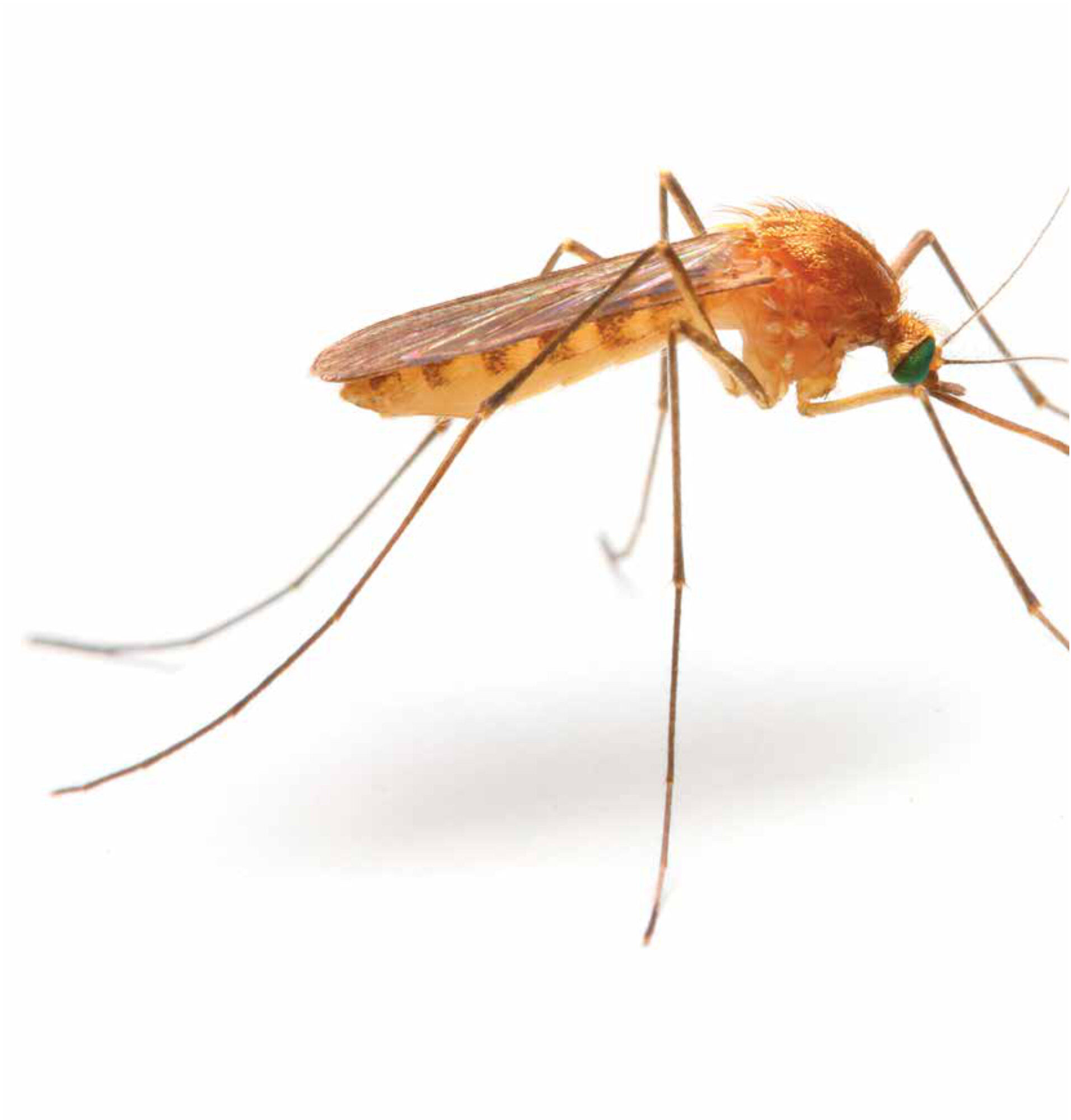Main content
As a researcher you can only hope that politicians and authorities take the effects of the complex interplay between climate, diseases and other factors more seriously Prof. Pim Martens is professor of sustainable development at Maastricht University. His research focusses on sustainable human-animal-nature relationships, including climate change and health. Pim Martens is founder of Animal Wise, a ‘think and do tank’ integrating scientific knowledge and animal advocacy to bring about sustainable change in our relationship with animals.
This summer a tiger mosquito was found in the netherlands
It is time for drastic measures to reduce the emissions of greenhouse gasses. Only in this way can we avoid an increase in the global temperature of 2 °C. An increase of only I °C in global temperature will lead to serious societal impacts, such as sea-level-rise, dying of coral reefs, and more frequent weather extremes (e.g. heatwaves). With a temperature increase of more than I °C, more extreme impacts are to be expected, also on health.
In his keynote lecture at the NVTG congress on the impact of climate emergency on health, Pim Martens discusses the transmission of vector-borne diseases (VBDs) and how climate changes the equation, for example leading to a more rapid spread of vectors and (tropical) diseases impacting (human) health. This happens in particular when vectors move to new habitats or, conversely, when people move into areas where vectors already exist. Much of the debate so far has centred on the attribution of past changes in disease rates to climate change, and the use of scenario-based models to project future changes in risk for specific diseases. Obviously there is an unavoidable uncertainty in such analyses; also the attribution of risks to climate change needs to be estimated compared to other effects of socioeconomic and public health determinants.
Researchers recently found traces of anthrax bacteria under permafrost in Siberia a warming climate could potentially release them. A bit closer to home, but a little longer ago: at a workshop organized by the University of Wageningen and Maastricht University in 2003, a group of researchers from Liverpool presented a study into the possible spread of bluetongue virus, spread by a small insect (midge), in sheep, as a result of climate change. At that time, the disease was predominantly found in Southern Europe. Based on the outcomes of modelling, researchers predicted the spread of the disease to Northern countries, including the Netherlands. Unfortunately, at that time policymakers didn’t take it too seriously. However, it took only three years before the disease was diagnosed among sheep at an agricultural enterprise in Kerkrade, the Netherlands.
In 1997, I completed my PhD on the effects of climate change on the spread of infectious diseases such as malaria and dengue fever. The models I used predicted a potential risk of an increased range of the tiger mosquito responsible for the spread of, among others, dengue fever and the zika virus as a result of climate change. The mosquito is now on its way from Southeast Asia to Europe and as already indicated 22 years ago – there is a good chance that the mosquito will survive and settle permanently in the Netherlands. This summer, a tiger mosquito was found in the Netherlands. Researchers were right in their ‘predictions’ of the spread of these two insect-transmitted diseases in animals and humans (predictions in quotation marks because of course we can’t precisely map all the factors that spread a disease). In addition, climate change influences the occurrence of diseases in Northern Europe, diseases of which we hadn’t thought about until recently, such as the discovery of six Hyalomma ticks in Germany, close to the Dutch border. These ticks are triple the size of a normal tick and can transmit dangerous diseases. It didn’t take long until the tick was spotted in the Netherlands also. Another nuisance is caused by the increased populations of oak processionary caterpillars, suffered by many in the Netherlands.
As a researcher you can only hope that politicians and authorities take the effects of the complex interplay between climate, diseases and other factors more seriously. Perhaps the recently published Knowledge agenda research programme on climate and health (see elsewhere in this edition of MTb) – developed by researchers from Maastricht University, University of Wageningen and the National Institute for Public Health and the Environment (RIVM) – will motivate the relevant players to take action. Not only to answer the many questions that remain, but also to tackle effects in an integrated way in consultation with public health authorities, citizens and other parties. Let’s collaborate and organize ourselves, instead of having to deal with many more unpleasant surprises that impact our health whilst we are unprepared.
This column is an adaptation of an earlier column at www.pimmartens.info in which he particularly focuses on the increased risk of vector-borne disease associated with climate changes.



















































